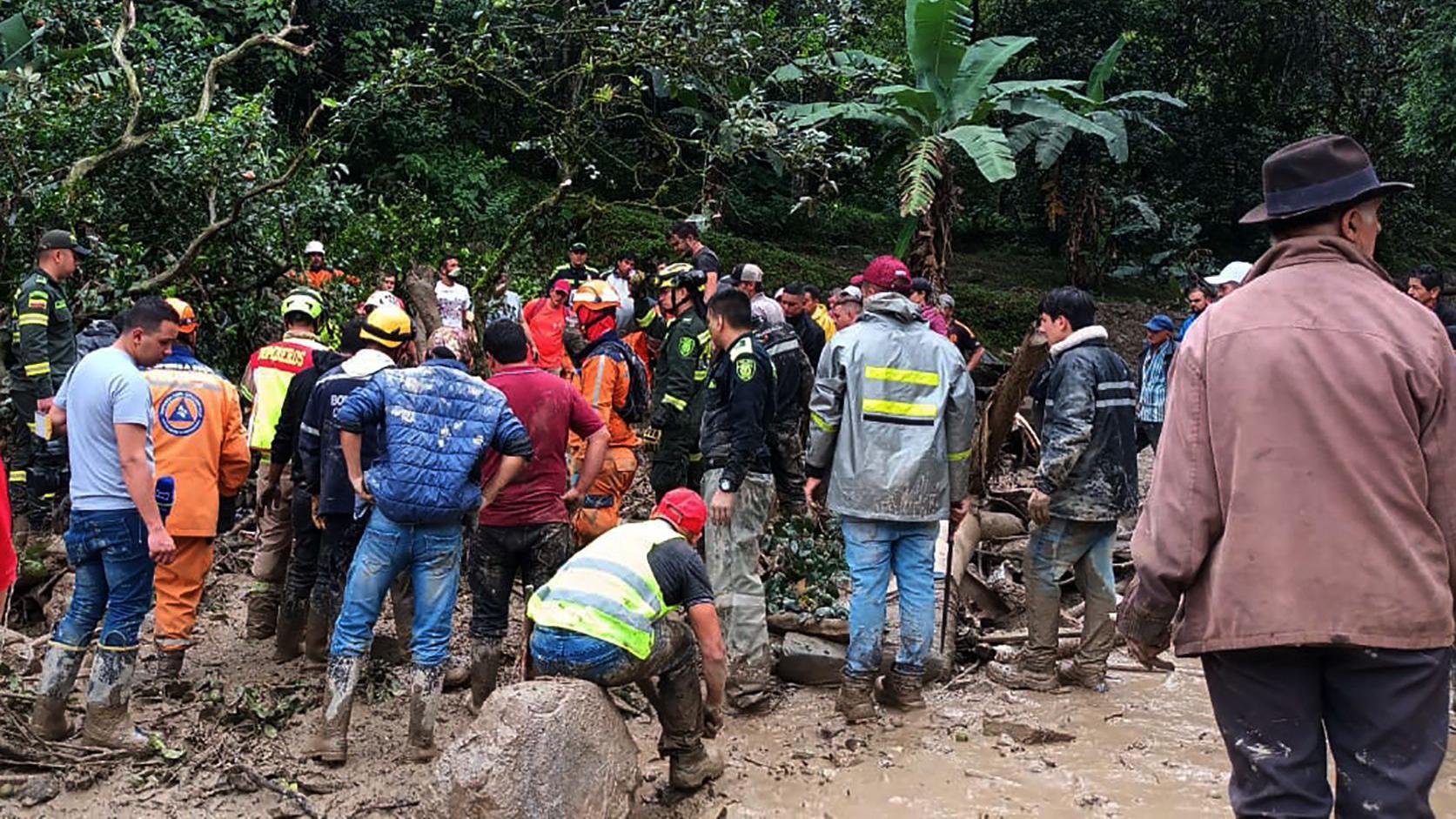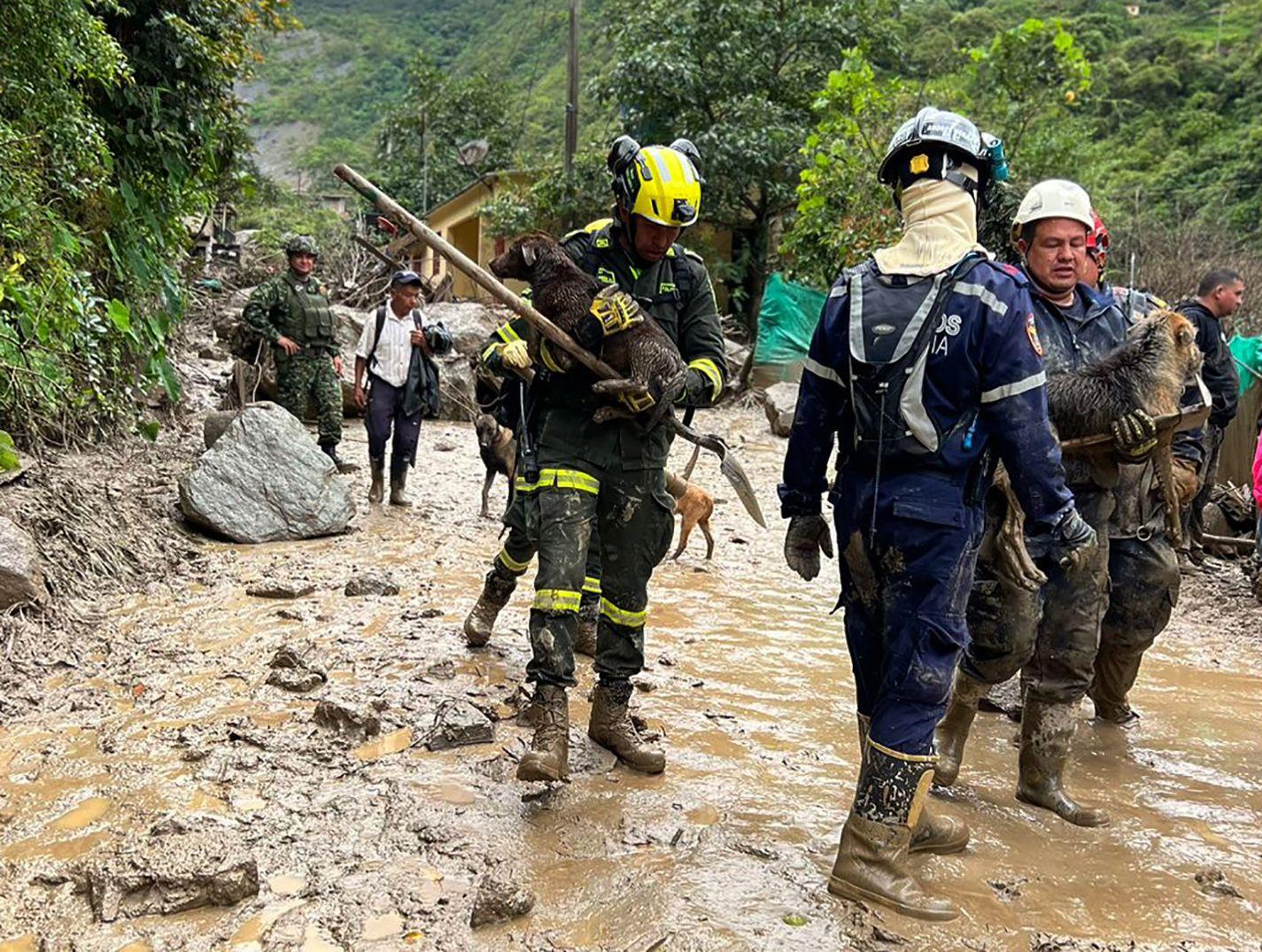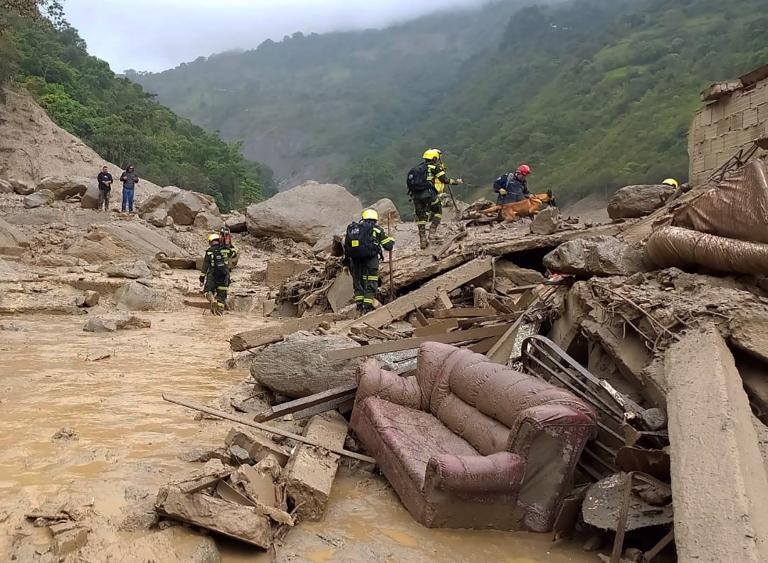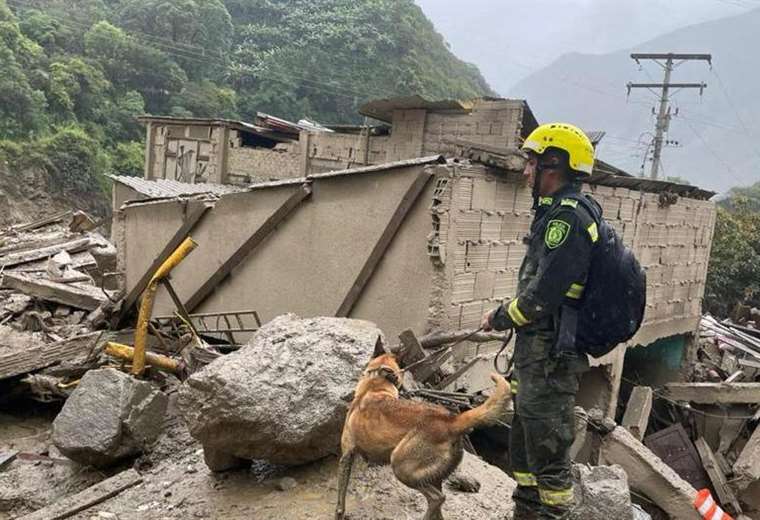July 18, 2023, 9:24 PM
July 18, 2023, 9:24 PM
The governor of the department of Cundinamarca, in Colombia, confirmed that at least 14 people lost their lives after an avalanche had devastated the village “El Naranjal”, in the municipality of Quetame.
The incident occurred due to the increase in the flow of water from two streams that pass near the municipality due to heavy rains.
Nicolás García, governor of Cundinamarca, confirmed that the authorities had a record of 14 deaths, but said that there are still missing people.

“There are already 14 lifeless bodies and 6 people transferred to health posts. That is why we have declared the public calamity and the manifest urgency to dispose of the resources immediately with the Cundinamarca Risk Management Unit, to attend to the victims, the families and the municipality of Quetame”, said the president through Twitter.
The avalanche also closed the road that connects Bogotá with the city of Villavicencio, Known as the gateway to the eastern Colombian plains and the departments of the south east of the country.
Vehicular chaos occurred almost since the incident occurred.
Several municipalities on alert


The governor of the department of Meta (whose capital is Villavicencio) asked President Gustavo Petro to expedite the sending of resources from the Risk Management Unit to support the rescue efforts.
Due to its unique characteristics, surrounding the Andes mountain range, the road to Llano is particularly prone to landslides, and is constantly closed.
A 2022 study, published by a student at the Universidad de Los Andes in the scientific journal natural hazards found that the Guayabetal sector, near where the avalanche occurred, is the most prone to this type of incident of the entire route.



Analysis by Daniel Pardo, BBC Mundo correspondent in Colombia
The rains that in 2022 left almost 300 dead in Colombia, this year continue to wreak havoc. They are record numbers in the last decade.
The annual average rainfall, in fact, increased by 20% in the last three years compared to the last two decades, according to official figures.
And there are several factors, say experts and specialized agencies: that the La Niña phenomenon came with force, that the majority of the rural population in Colombia lives on mountainous slopes and that the capacity of the land in the country has lost its capacity to absorption due to deforestation.
Because of its complex topography, but also because of the way the land has been intervened throughout history, Colombia is one of the most vulnerable countries in the world to the effects of climate change.
And while the rains continue to generate tragedies like Quetame, Colombians must start preparing for the El Niño phenomenon, which theoretically arrives in August and hopes to leave large parts of the country without water.


















